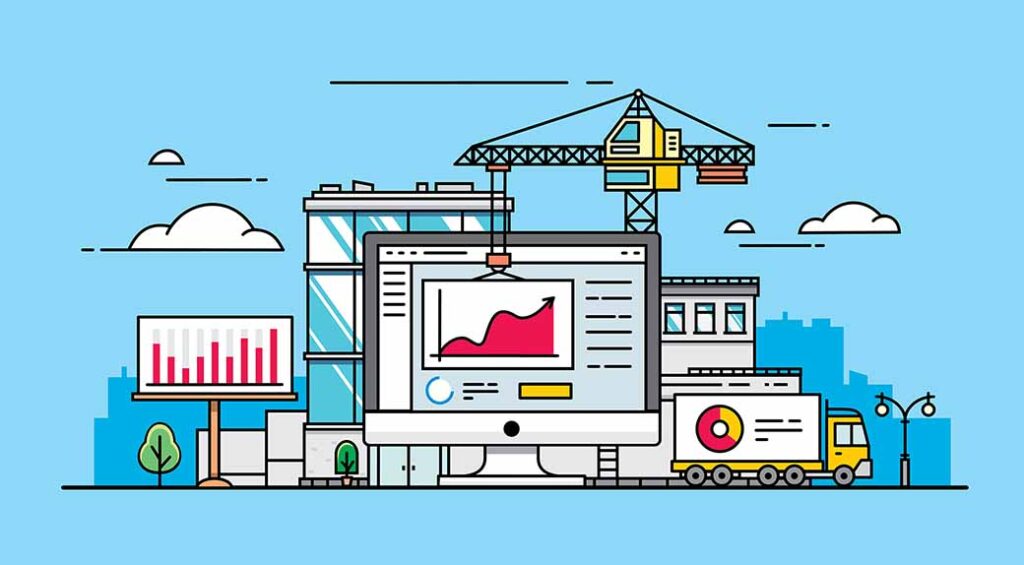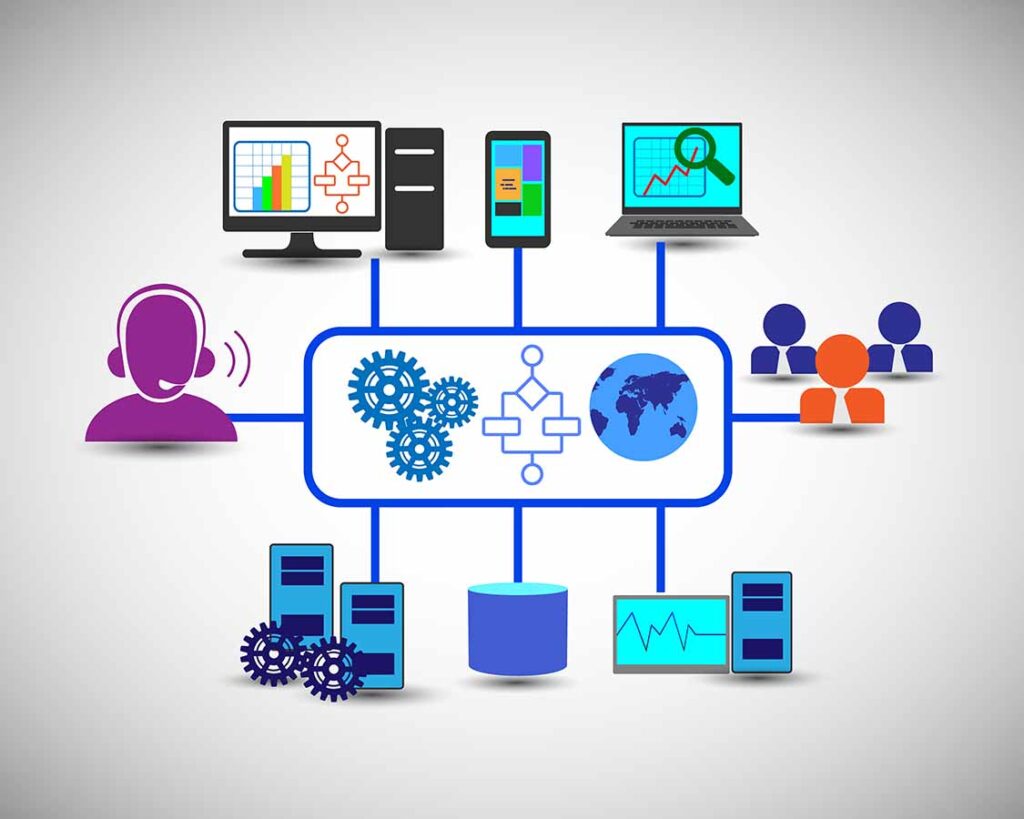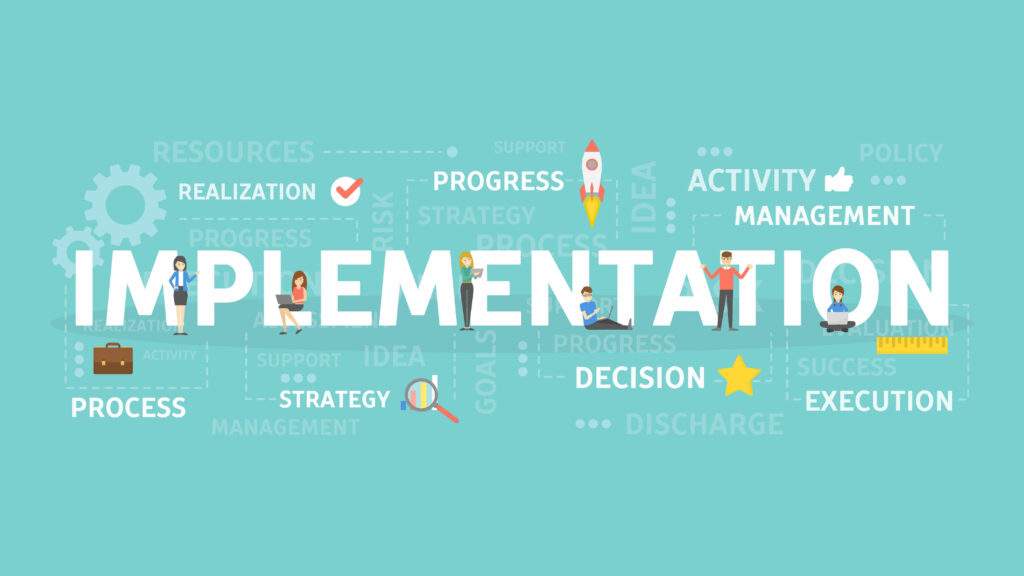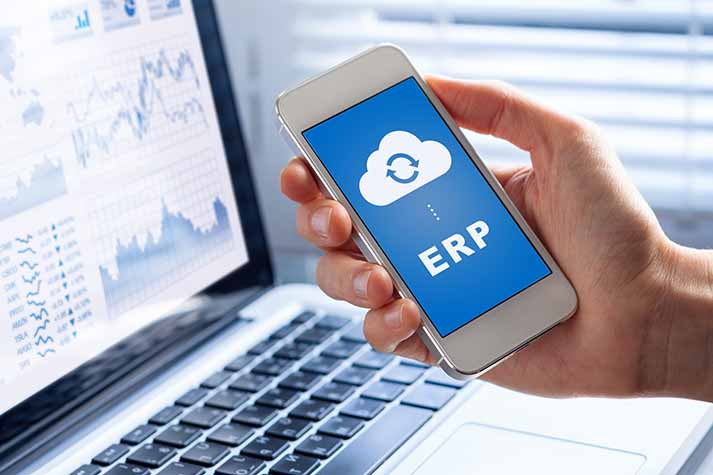As your hearth services business grows, it is important to consider all of your costs, including labor, materials, and overhead. This is essential to remaining competitive in the market while growing investment capital to continue to build your business. From the early stages of establishing your company, your needs may evolve as you continue to optimize profits. Hearth Services management software will offer you a holistic view of your operations and finances to plan your longer-term strategy based on your market position.
For business owners in the hearth services industry, strategically managing costs can allow growth with the addition of service technicians and up-to-date equipment.
1. Negotiate with suppliers for lower prices on materials
Building strong relationships with suppliers can lead to discounts and special deals on materials and supplies. This can be accomplished through regular communication and by purchasing in bulk. If businesses can negotiate longer payment terms, they can improve cash flow by redirecting cash reserves to other crucial operations.
Vendor negotiation can improve a business’s bottom line by gaining a competitive advantage over competitors and streamlining supply chain operations. Key performance metrics that indicate the state of the supply chain for the upcoming months are central to smart strategy execution.
A report by Aberdeen Group found that companies with optimized supply chain operations achieve an average of 15% reduction in supply chain costs, a 17% increase in order accuracy, and a 20% improvement in order-to-delivery cycle times.
2. Utilize automation and technology to reduce labor costs
Automation can help to reduce labor costs by streamlining repetitive tasks, such as scheduling appointments, ordering materials and supplies, and managing customer information. This allows employees to focus on bigger-picture tasks and reduces the need for additional staff.
Hearth Services management software provides tools for scheduling & dispatch, inventory control, and powerful CRM that not only utilizes automation but also unifies these processes in an all-encompassing system.
Automation of tasks previously done by human hand can translate to an improved customer experience, increased employee efficiency, and enhanced accuracy.
The World Economic Forum estimates that by 2025, technology will create at least 12 million more jobs than it destroys, a sign that automation will have a net positive effect. This can ease the employee relationship strains that may come from the introduction of automation.
3. Control Expenses
An operating budget is a crucial tool for controlling expenses. It allows you to track income and expenses, and identify areas where you can cut costs. Hearth service management software provides tools to manage revenue and expenses.
Implementing an operating budget based on these tools can help you better predict financial stability by being able to plan around controlled expenses and profitability.
Integrated business management software can help keep all of these moving parts optimized for productivity and profit. For example, running a business with QuickBooks and dozens of complex spreadsheets allows for duplicate records and multiple versions of the same data that can become confusing and lead to inaccuracies across the many systems your business currently uses.
4. Outsource operational tasks to reduce labor costs
Outsource tasks to third-party specialists in marketing, payroll services, and IT support. This can save on small business labor costs by hiring freelancers or virtual assistants who can provide certain professional services at a drastically lower cost than hiring and training full-time employees.
5. Utilize a cloud-based accounting system to streamline financial management
Cloud-based accounting systems allow you to manage your finances from anywhere, and automate many tasks such as invoicing and expense tracking. This can help you to save time and money and make it easier to understand your financial position.
According to a survey by Aberdeen Group, companies that use cloud-based accounting software have an average of 1.9 days faster cash conversion cycles than those using on-premises software. This can reduce the need for financing and free up capital previously tied up in inventory and receivables.
Hearth Services management software provides unified and accessible cloud-based accounting systems that save overhead costs. For Hearth Services businesses, a cloud-based accounting system can easily adapt to changing business needs, as it can be scaled up as your business grows.
6. Take advantage of tax credits and deductions for small businesses
Research tax credits and deductions that may be available to small businesses in your industry. This can include deductions for things like equipment, supplies, and employee benefits.
Tax incentives and deductions can provide additional funds to invest in research and development, capital equipment, and new employees as you expand your growing business operations. Tax deductions reduce how much business income is subject to taxes, while tax credits can increase cash flow and reward your business for allocating your finances wisely.
7. Rent or lease equipment instead of buying to save on upfront costs
Renting or leasing equipment can be a cost-effective alternative to buying, as it allows you to spread the cost over a longer period of time and avoid large upfront expenses. This gives you more flexibility to adjust your equipment needs as the business grows. Hearth services businesses may rent hearth accessories such as demo equipment or temporary fireplace inserts for temporary or seasonal installation.
Along with lowering upfront costs, rental companies typically take care of maintenance and repair costs to further save on future costs. Renting can even provide your business with tax benefits such as deducting lease payments as a business expense.
8. Implement a cost-cutting strategy and regularly review expenses to identify areas for improvement
Track your expenses regularly, and identify areas where you can cut costs. This could include things like reducing energy consumption, negotiating better deals with suppliers, or streamlining processes to improve efficiency.
As your business expands, it can pay dividends to identify areas for improvement so that you can incorporate these improvements into your longer-term, cost-cutting strategy. Hearth Services business management software provides a real-time, cloud-based, 360° view of your financial data and everything that means for the success of your business.
9. Network with other small business owners to share resources and ideas
Networking with other small business owners can be an effective way to share resources and ideas for managing costs. This can be done by joining industry groups or attending events. Oftentimes this can lead to collaborative endeavors and access to new markets to expand your business while managing costs.
Running a small business can be stressful and isolating, especially in this digital age where people are increasingly working from home. Business networking can provide emotional support and motivation during challenging times such as worldwide pandemics.
10. Implement a pricing strategy that generates a profit and improves customer relationships
It’s essential to price products and services to cover your costs and generate a profit. This can be done by analyzing the costs of labor and materials, then factoring in the level of competition in your market. According to a survey conducted by QuickBooks, 40% of small business owners report that pricing their services is the most challenging aspect of their business. Having a pricing strategy in place to ensure profitability can ease some of the largest stressors for Hearth Services business owners.
To emphasize the importance of implementing a pricing strategy, a study by McKinsey & Company reports that businesses that optimize their pricing strategies can increase their profit margins by 2% to 7% on average. This can result in a significant increase in the bottom line for your Hearth Services business.
How do you do that? Be different. Consider trust-based pricing within your business ethos. Many companies quote an inflated job cost leaving room for when the customer beats them up for a lower price. While haggling can create temporary satisfaction and good vibes, long term it is harmful to maintaining good customer relationships. If you have soft pricing, how does the customer ever know they’re getting a good deal?
If a customer is asked, “Do you want me to give you a little bit higher price so that we can negotiate…OR…do you want me to actually price it where it needs to be for us to succeed for you?”, the customer will always pick the latter.
Hearth and Fireplace Services Success
Quote with confidence! Hearth Services integrated business software lets you know the true cost for every line item on your proposal, allowing you to attract and retain customers for life.




























